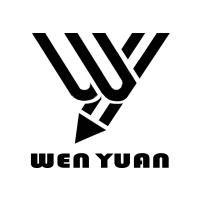计算机辅助设计及制造英文翻译
资料题目:计算机辅助设计与制造CADandCAMTheenginelathe,oneoftheoldestmetalremovalmachines,hasanumberofusefulandhighlydesirableattributes.Todaytheselathesareusedprimarilyinsmallshopswheresmallerquantitiesratherthanlargeproductionrunsareencountered.Inthebeginning,CADsystemswerenomorethanagraphicseditorwithsomebuilt-i...
相关推荐
-
2多功能护理病床的设计-本科毕业优秀设计开题报告

 2023-01-10 223
2023-01-10 223 -
甘蔗自动去皮机设计--开题报告

 2023-06-18 594
2023-06-18 594 -
AUTOCAD壳体多轴钻孔加工夹具设计开题报告
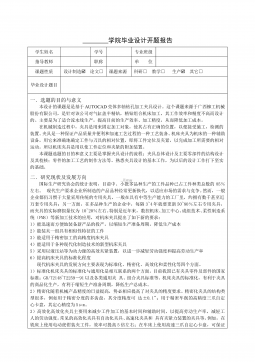
 2023-06-24 293
2023-06-24 293 -
基于PLC控制的水塔水位控制系统设计开题报告

 2023-08-10 381
2023-08-10 381 -
落叶清扫机-开题报告

 2023-08-16 163
2023-08-16 163 -
往复式自动提升机 任务书

 2023-08-20 315
2023-08-20 315 -
家用自动绞肉机的结构设计-开题报告
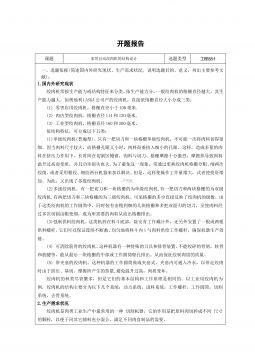
 2024-01-29 115
2024-01-29 115 -
1_毕业设计开题报告-旅游观光汽车底盘设计

 2024-02-16 175
2024-02-16 175 -
机械毕业设计资料-开题报告仿生四足机器人
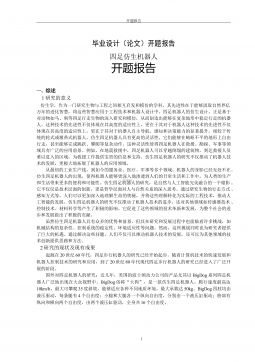
 2024-08-27 89
2024-08-27 89 -
物流搬运机器人-实习周日志

 2024-08-27 81
2024-08-27 81
相关内容
-
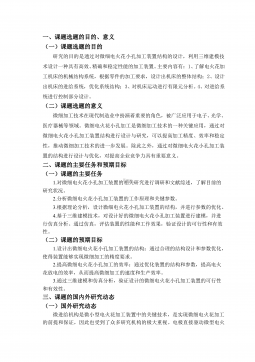
机械毕业设计开题报告-基于三维建模的微细电火花小孔加工装置结构设计
分类:课程设计课件资料
时间:2024-12-10
标签:结构设计
格式:DOC
价格:10 光币
-

1.开题报告-机器人自动焊接机系统设计
分类:课程设计课件资料
时间:2024-12-10
标签:设计
格式:DOC
价格:10 光币
-

1.开题报告-公路下水井疏通装置机电系统设计
分类:课程设计课件资料
时间:2024-12-10
标签:设计
格式:DOCX
价格:10 光币
-

开题报告-高压线除冰巡检机器人设计
分类:课程设计课件资料
时间:2024-12-10
标签:设计
格式:DOCX
价格:10 光币
-

开题报告-海上风机实验加载机构设计
分类:课程设计课件资料
时间:2024-12-10
标签:设计
格式:DOCX
价格:10 光币



